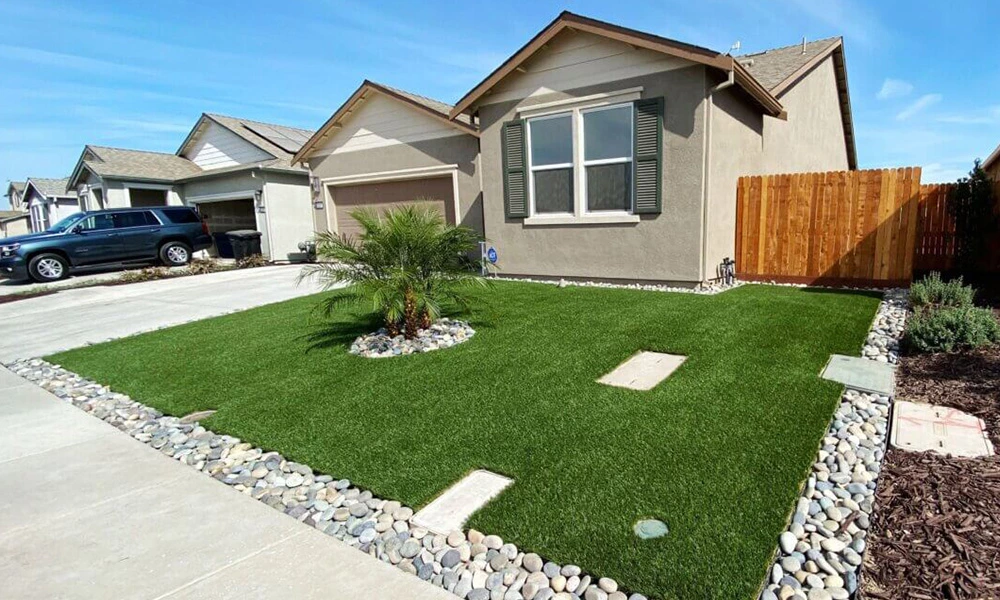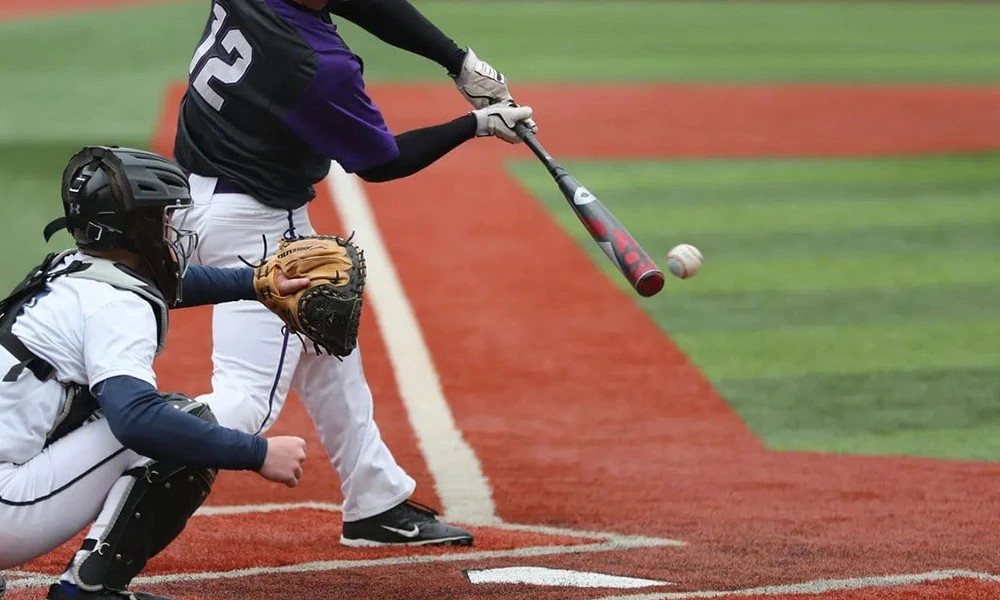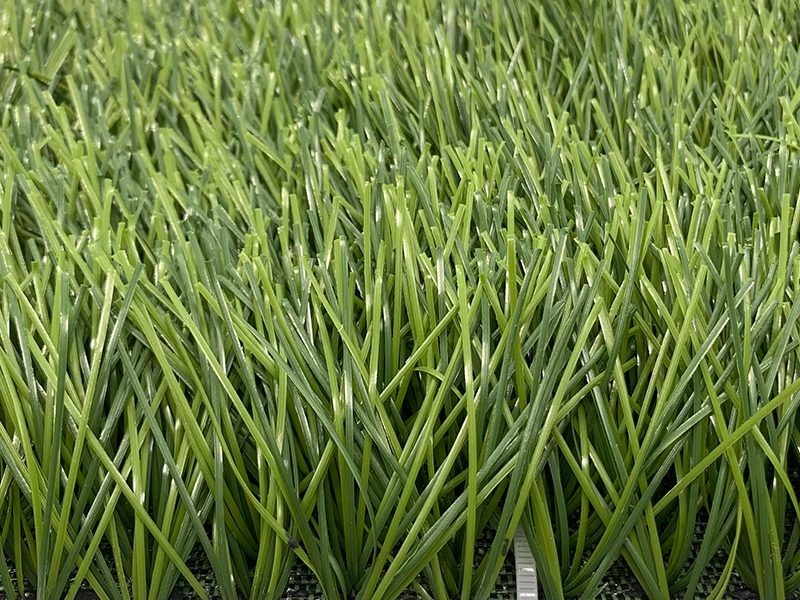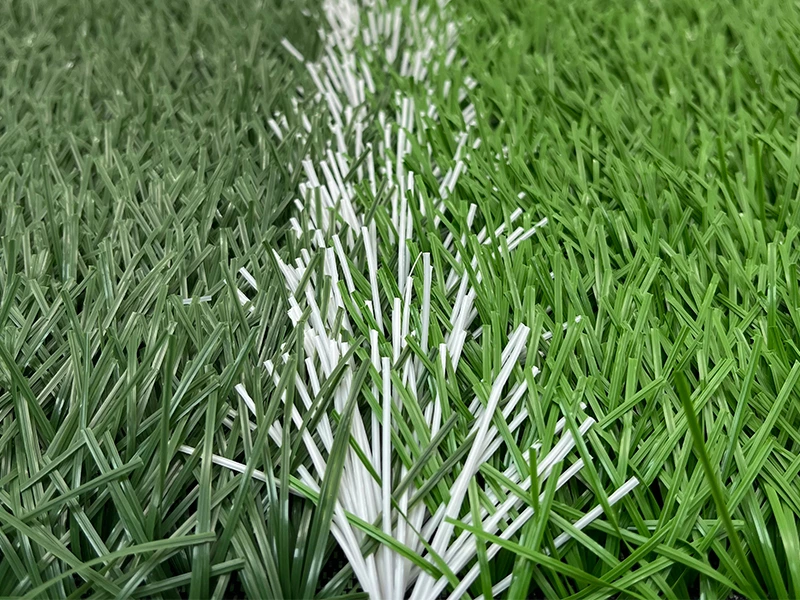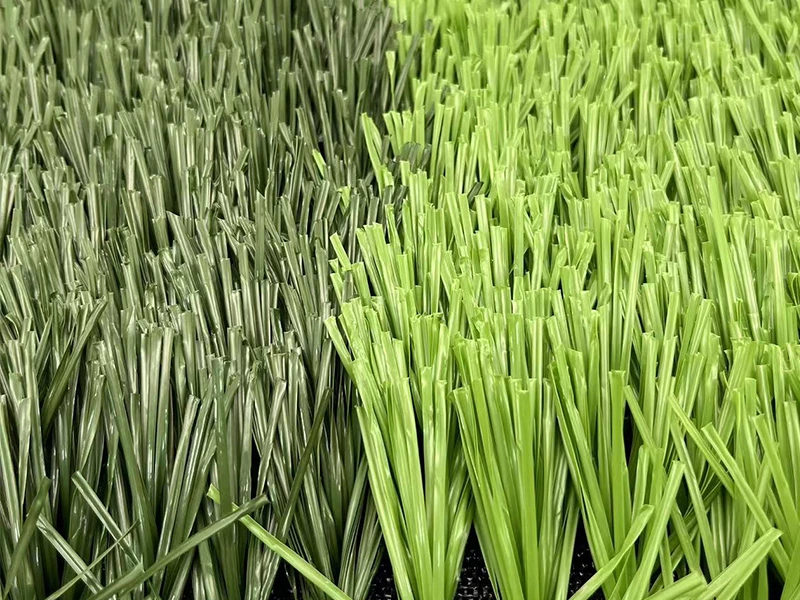What do you put under artificial grass?
In the laying of artificial turf, many people tend to only focus on the quality and appearance of the grass on the surface, but ignore the basic structure "under the feet". In fact, the laying of the underlying foundation is not only the supporting core of the entire lawn system, but also directly affects its service life, drainage performance, comfort and later maintenance costs.
1. Base structure: the foundation of stability and support
Common materials:
gravel, broken bricks, coarse sand, stone powder, concrete, etc.
Function:
Provide a stable and flat support surface to prevent the lawn from being uneven;
Enhance the overall bearing capacity of the lawn to avoid sinking or deformation during use;
Ensure that the lawn system can maintain structural integrity during long-term use.
Benefits:
Strengthening the foundation can increase the service life of the lawn and reduce the cost of later repairs and re-paving. It is especially suitable for public areas and sports venues with large traffic.
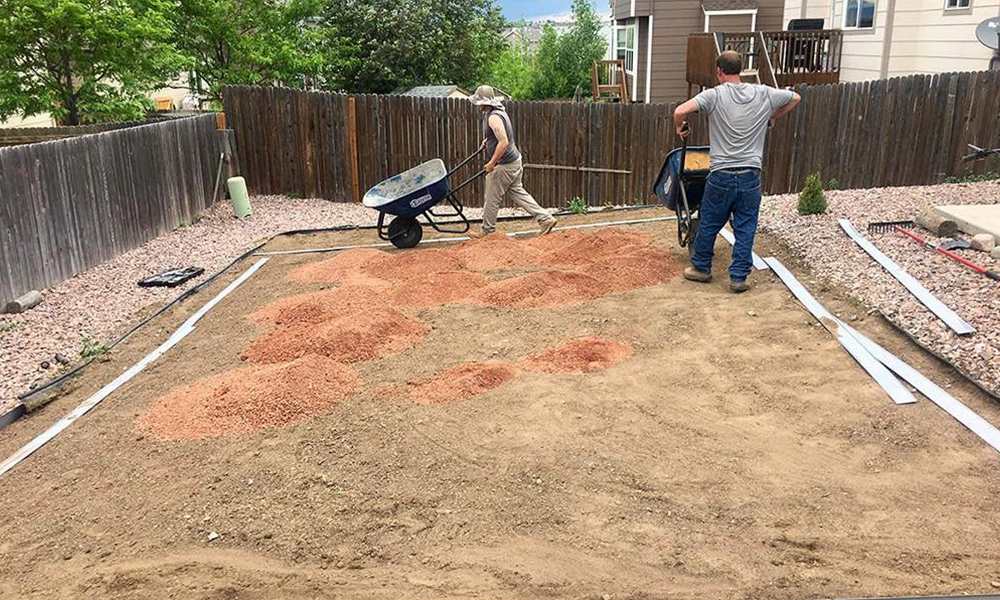
2. Drainage system: ensure dryness and mildew prevention
Common forms:
Natural drainage layer (gravel layer)
Drainage ditch or seepage hole
Pad slope design
Function:
Quickly drain rainwater to avoid water accumulation;
Prevent water from accumulating in the bottom layer, causing mold and rot;
Improve the availability of lawns after rain or in humid environments.
Benefits:
Improve the comfort of use and the dryness of the lawn, especially in outdoor or rainy areas, to ensure all-weather use.
3. Weed prevention layer: ensure beauty and low maintenance
Material:
high-density non-woven weed prevention film
Function:
Effectively block weeds from drilling out of the surface;
Keep the lawn surface clean and beautiful;
Reduce maintenance frequency and weeding costs.
Benefits:
Reduce the aesthetic problems and safety hazards caused by weed growth, especially suitable for landscape lawns and garden sites.
4. Buffer layer (optional): Provide sports comfort
Applicable scenarios:
football field, basketball court, running track, children's playground, etc.
Common materials:
rubber pad, EVA foam pad, elastic pad
Function:
Absorb impact and reduce the pressure of exercise on joints;
Improve ground elasticity and enhance sports experience;
Reduce the risk of sports injuries.
Benefits:
Provide a safe and comfortable sports environment, especially suitable for high-intensity use or children's activity areas.
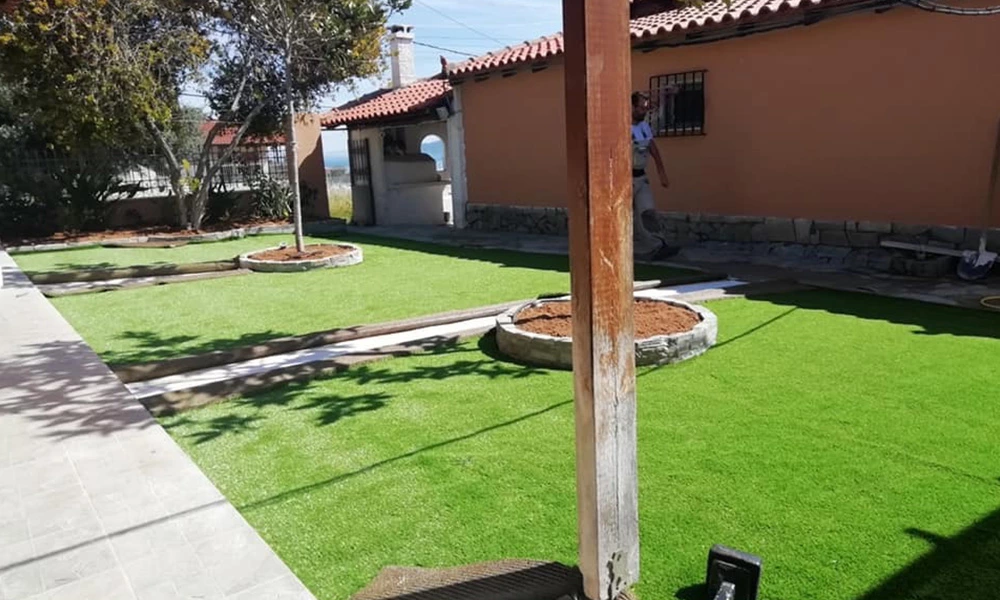
Scientific laying, twice the result with half the effort
Although the surface of artificial turf is important, it is the "invisible" underlying structure that really determines its performance. Scientific and reasonable ground foundation design is not only the basis for ensuring beauty and durability, but also the key to improving the user experience and reducing later maintenance.
Whether it is a residential garden, park landscape, or professional sports venue, the correct underlying laying will lay a solid foundation for your project and achieve multiple goals of beauty, practicality and economic benefits.
If you need to customize the underlying structure plan for different scenarios (family, business, sports, etc.), please contact our UNIGRASS team, we will provide you with professional turf foundation design and construction suggestions.

